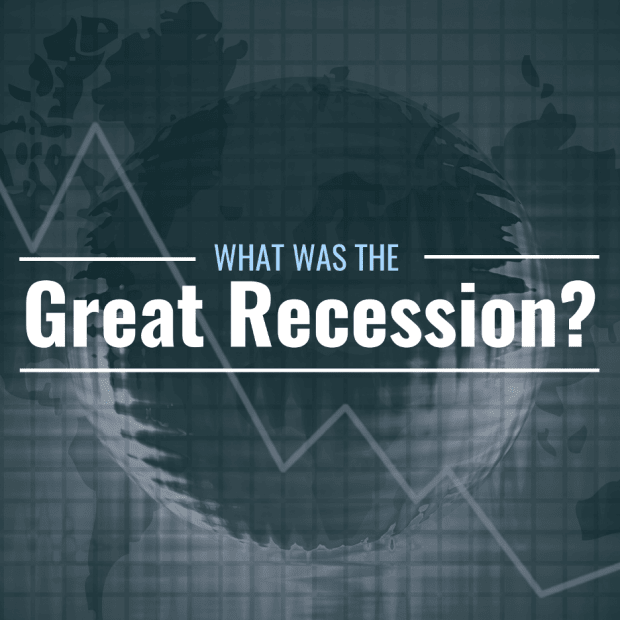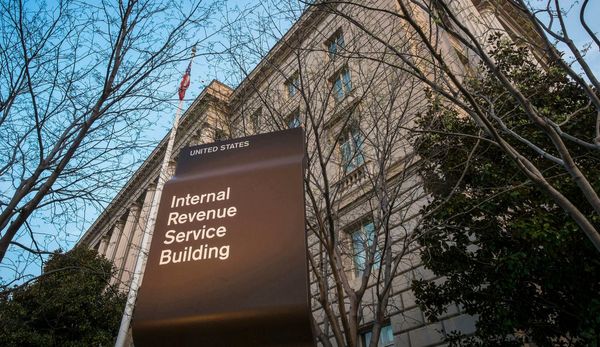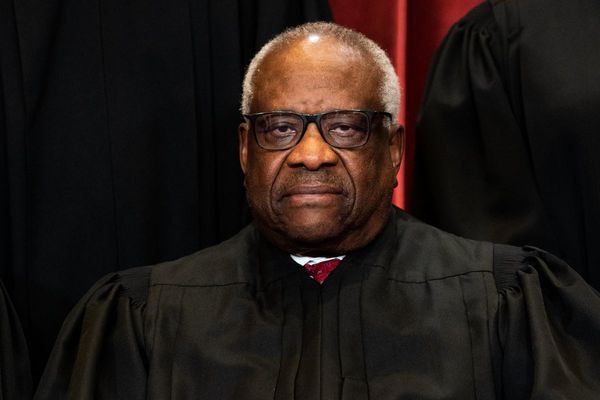
hepatus from GettyImages Signature for iStockphoto; Canva
What Was the Great Recession? How Long Did It Last?
The most severe economic downturn since World War II occurred between December 2007 and June 2009. During this period, hundreds of banks failed, millions of homes went into foreclosure, and Americans lost over $14 trillion in net worth. Unemployment levels swelled from 5% in 2007 to 10% in 2009.
A recession is defined as two consecutive quarters of contraction in gross domestic product (GDP). During a recession, companies fold, people lose their jobs, and manufacturing output declines on lower demand.
The recession of 2007–2009, however, is known as the Great Recession, with “great” being defined as “large,” and not “excellent,” because it lasted longer than other recessions and had widespread global effects. Typically, recessions average 11 months, while this one stretched for over 18 months. in addition, its severity rivaled the Great Depression in terms of GDP decline as measured from peak to trough; hence, it earned a similar moniker.
As a result of the Great Recession, the U.S. government made sweeping regulatory reforms, provided millions of dollars in housing credits to beleaguered homeowners, and “bailed out” key financial players, like Bear Stearns and AIG. In order to restart the economic engine, the Federal Reserve slashed interest rates down to zero—for the first time in history.
But just what caused this crisis?
What Started the Great Recession? Who Was Most Affected?
The red-hot U.S. housing market accounted for nearly half of all new jobs created in the early 2000s—it seemed like nothing could go wrong in the housing sector, before everything quickly did. Housing prices had doubled since the 90s, first-time homeownership rates were soaring, and investment banks were trading mortgage debt for profits around the world. An asset bubble had formed in the housing sector, and when that bubble burst, it set off a series of events with dire consequences.
Subprime Mortgages Imploded
Subprime mortgages—a new category of mortgage that was introduced in this period—allowed consumers with less than perfect credit to purchase homes of their own. These mortgages reset at higher rates—often every year—in accordance with their loan terms or whenever prevailing interest rates rose.
Subprime loans were often poorly explained and targeted toward low-income buyers who did not understand just what they were getting into by predatory lenders. In addition, between 2004 and 2006, the Fed increased the Fed Funds Rate from 1.0% to 5.25%, and as a result, millions of subprime borrowers were unable to make their home payments and thus defaulted on their loans.
The Mortgage Industry Entered Crisis Mode
With mounting losses on their balance sheets, dozens of subprime mortgage lenders went into bankruptcy. In addition, government-sponsored enterprises Fannie Mae and Freddie Mac had taken on trillions of dollars of leveraged loan guarantees—they teetered on the brink of insolvency before the U.S. government sent them emergency funding and placed them under conservatorship.
Financial Firms Collapsed After Taking on Excessive Risk
Banks had pooled together thousands of home loans into mortgage-backed securities, with the riskiest pools, or tranches, containing subprime mortgages. To offset their increased risk, these securities boasted high yields, which enticed institutional investors like hedge funds, money market funds, and insurance companies.
Clearly, toxic subprime debt had invaded the economy at every level, and when the bubble burst, a panic broke out, followed by a wave of capitulation. Many mortgage-backed securities became worthless, and their bond funding collapsed. Banks experienced a credit crunch, which meant they no longer had the funds to lend to one another, leaving many on the brink of failure.
On September 15, 2008, Lehman Brothers, one of the world’s largest investment banks, declared bankruptcy. It was heavily leveraged in subprime debt, and its failure would be the largest in U.S. history. President George W. Bush coined the term “too big to fail,” as he called for the U.S. government to step in with emergency aid to prevent other companies from going under and avoid a global financial meltdown. The U.S. government also bailed out AIG, an insurance behemoth, and Bear Stearns, another large investment bank.
In response to the collapse of Lehman Brothers, the Dow Jones Industrial Average fell more than 500 points in September 2008, which resulted in its largest single-day point decline in almost a decade. On December 1, 2008, the National Bureau of Economic Research officially declared that the U.S. economy had entered a recession as of December 2007.
How Did the Great Recession Affect the World?
The Great Recession didn’t just affect the United States; all countries with rapid credit growth and large account deficits were impacted. Global trade nearly collapsed, declining by 15% between 2008 and 2009. Global unemployment rose by 3 percent between 2007 and 2010 for an astounding 30 million total jobs lost.
While investment banks and commercial banks were declaring bankruptcy in Europe and South America, fund inflows from developing nations in East Asia and the Middle East had actually contributed to the U.S. mortgage market before its implosion.
In addition, Europe had experienced its own housing bubble, with home prices in Ireland, Iceland, Spain, and Denmark swelling before losing as much as 40% of their total value by the end of 2011.
To make matters worse, many European countries “bailed out” failing banks with taxpayer money, causing budget deficits to surge. Fears were mounting that governments would default on their debts, causing interest rates to skyrocket while currencies lost their value.
Greece declared a financial emergency in October 2009 and needed a 45-billion-euro bailout from the European Union and the International Monetary Fund. Greek government bonds were downgraded to junk status, and when the Greek government announced a series of fiscal austerity measures, Greek citizens responded with protests, riots, and unrest. The entire European continent experienced a sovereign debt crisis that lasted from 2009 through 2010.
Who Was to Blame for the Great Recession?
Interestingly, analysts believe the Federal Reserve could be both the Great Recession’s cause and its solution. Critics argue that Alan Greenspan, who chaired the Federal Reserve from 1987 to 2006, had kept interest rates too low during the aftermath of the dot-com bubble in the early 2000s, creating an economic boom that was simply unsustainable. Greenspan himself admitted in 2005 that there was a bubble in the housing sector, stating, “At a minimum, there's a little ‘froth’... It's hard not to see that there are a lot of local bubbles.”
Other critics believe that Ben Bernanke, Fed Chair from 2006 to 2014, should have immediately lowered interest rates in the aftermath of the collapse of Lehman Brothers, and by waiting several weeks to do so (until the October 2008 FOMC meeting), the Fed had set the expectation that it would keep monetary policy tight, thus causing the markets to tumble.
How Was the Great Recession Resolved?
But the Fed has also been praised for its efforts to inject emergency funding to stave off a second Great Depression, and it is also credited with the market’s eventual rebound. The Fed kept interest rates at nearly zero for an unprecedented 6-year period, from 2008 to 2014.
It also injected more than $4 trillion to the financial system through quantitative easing measures, which added liquidity to the markets and made it easier for banks to lend.
The “Bailout Bill,” adopted by the U.S. Congress in September 2008, sent $700 billion in emergency aid to banks and financial institutions, while the Troubled Asset Relief Program (TARP) added billions more to stabilize financial markets through federal investment in mortgage-backed securities and banks. The economy was jumpstarted again, and it would go on to grow an average of 2.3% per year from the middle of 2009 through 2019.
The U.S. Congress also passed measures intended to increase regulation over the financial sector. The Dodd-Frank Wall Street Reform and Consumer Protection Act, passed in 2010, prohibited banks from taking future speculative risks. It also created the Consumer Financial Protection Bureau to safeguard homebuyers. President Barack Obama sent temporary tax credits to homeowners, and banks were encouraged to rework payments with “underwater” borrowers instead of seeking foreclosure.
The financial industry lost 4% of its workers during the Great Recession; these jobs went to other industries, like healthcare and education. Unemployment levels would bottom out in 2010 before beginning a decade-long rebound that would only be hampered by the COVID-19 crisis.
Could Another Great Recession Happen?
TheStreet.com’s Daniel Kline says that inflated prices and rising interest rates have people concerned about a repeat of the 2008 housing crash.







